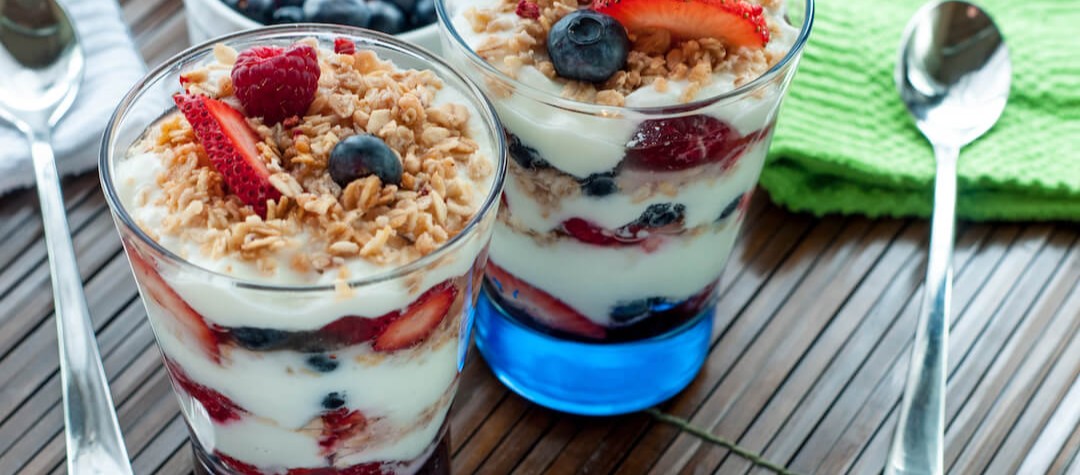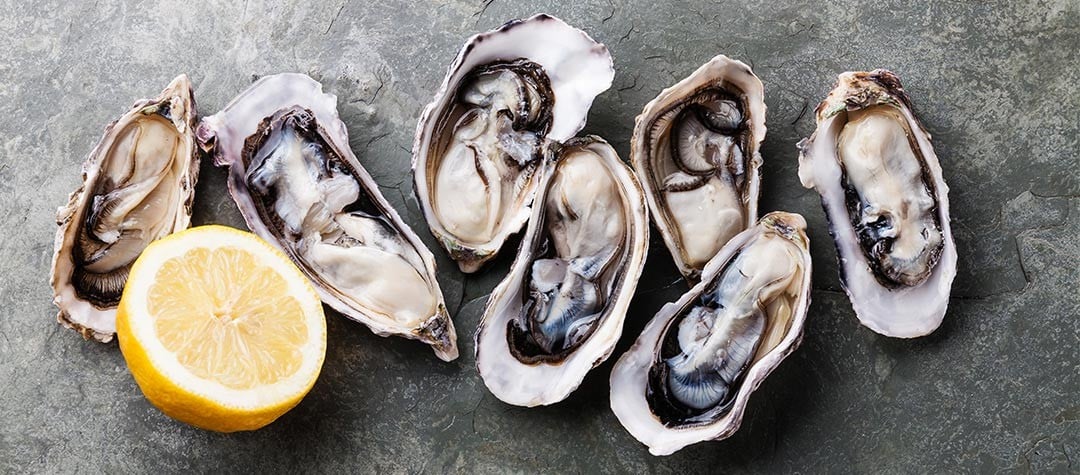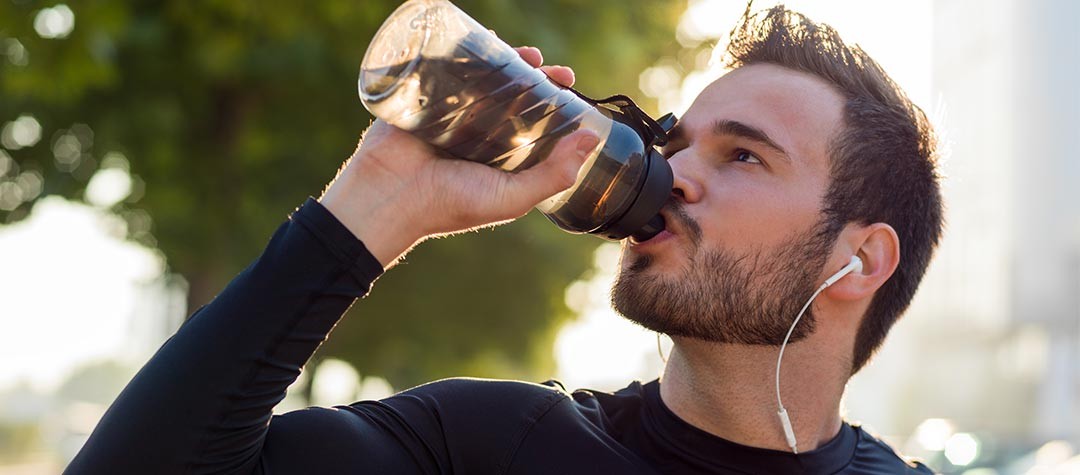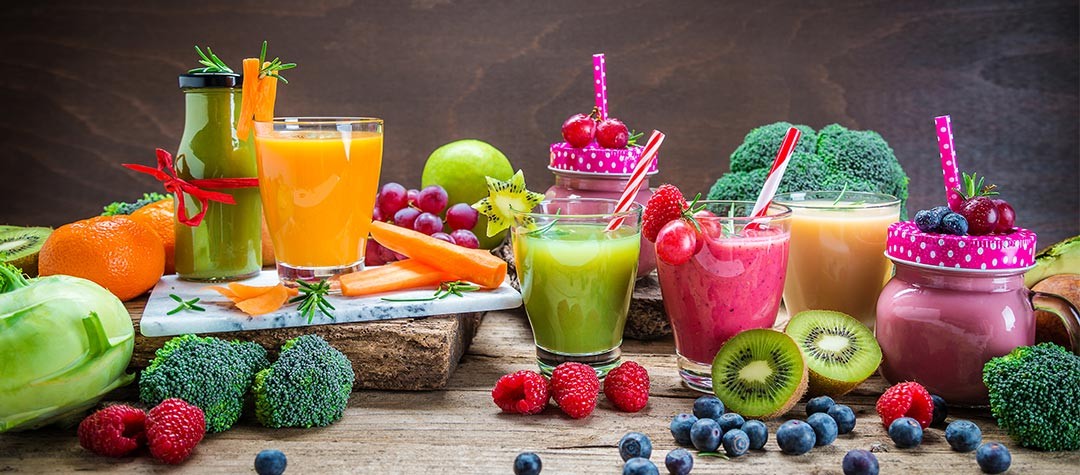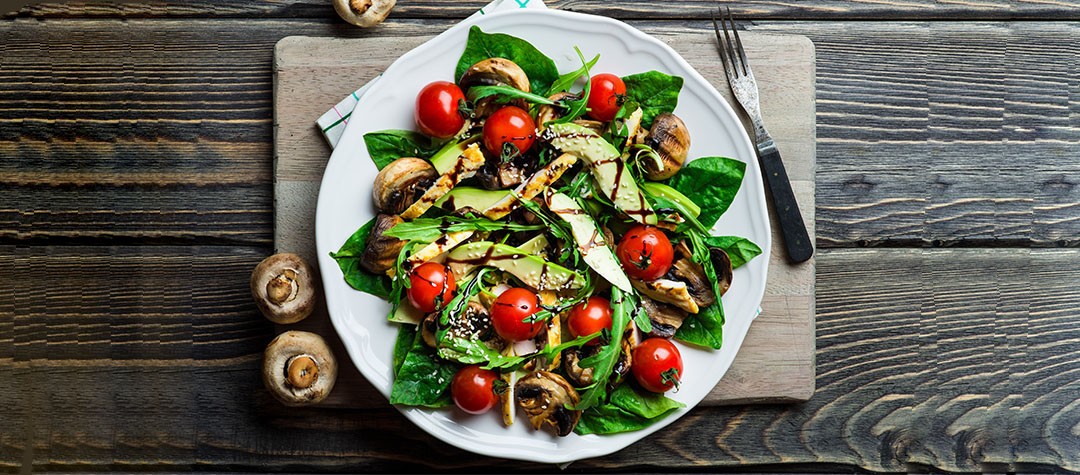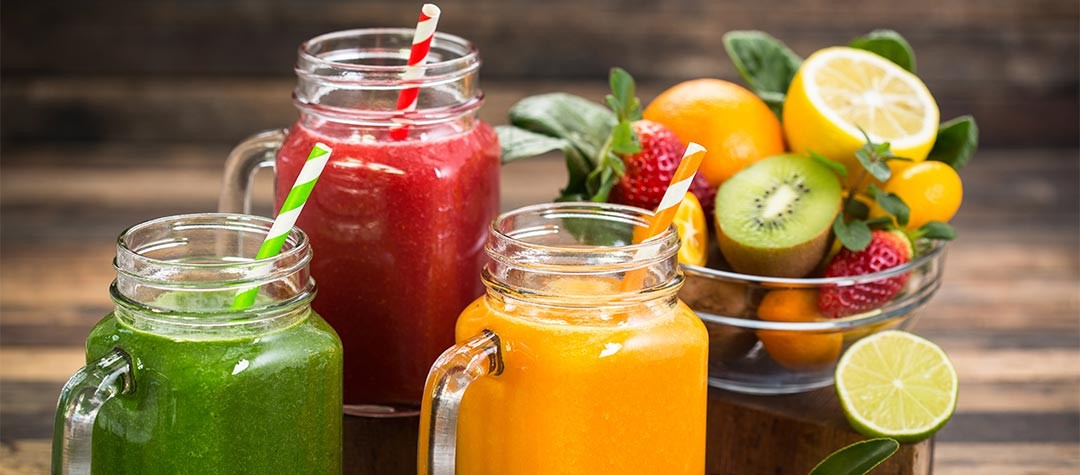Snacks can easily become a diet downfall - but it doesn’t have to be that way. Here are 10 snacking options to fill a gap without piling on the pounds.
If you get hungry between meals choosing a snack can be a minefield. It may seem like snacking is bad for you, but it can be a great way to get much needed energy and also give your body a boost. Here are 10 healthy snacks that you should try…
1. Almonds and apricots
- Almonds are high in protein and fibre as well as being low-GI, a good source of magnesium and rich in vitamin E (an antioxidant).
- Dried apricots are rich in carotenes — which may lower the risk of cancers of the throat and lungs — and provide you with potassium, iron, calcium, silicon, phosphorus and vitamin C.
- Dried apricots also have a far greater nutritional value than fresh ones because the nutrient content is so concentrated. Gram for gram, they have 12 times the iron, seven times the fibre and five times the vitamin A of fresh ones. The best way to eat this healthy snack option is to impale the almonds in the apricots.
Portion size: Six to eight apricots plus 20 to 25 almonds = approximately 250 calories (approx. 1050 kilojoules).
2. Yogurt and honey
- Yogurt is low in fat and high in calcium, so it’s good for your gut. A study also found that people who got their calcium from yogurt rather than other dairy sources lost more weight around the tummy area. Opt for low-fat, unflavoured varieties that contain probiotic bacteria. You can then add a touch of sweetness with honey.
- Honey has been shown to increase the blood’s level of protective antioxidants and may also be a useful diet addition for people with high cholesterol. Using it instead of sugar or an artificial sweetener can reduce total cholesterol and triglyceride levels and increase HDL (or ‘good’) cholesterol, according to some research.
Portion size: One 120g pot of yogurt plus one tablespoon of honey = 140 calories (approx. 590 kilojoules).
3. Apples and pears
- Eating both of these can put two ticks against your five-a-day fruit and veg target. Apples are high in pectin, a soluble fibre. They contain quercetin, an antioxidant that can reduce damage caused by cholesterol and also have a high water content, to help quench your thirst. They are even a good source of vitamin C.
- Pears are high in potassium and are also a good source of fibre and vitamin C. A study in 2003 found that women who consumed three apples or pears a day for three months lost more weight than women who had a similar calorie-controlled diet but did not have the fruit.
Portion size: One apple and one pear = 125 calories (approx. 520 kilojoules).
4. A homemade smoothie
- Fruit juice counts towards your all-important fruit and veg target but doesn’t contain any fibre at all. However, a smoothie doesn’t just give you the juice, it contains the pulp of the fruit. And that means you are getting that fibre in your diet, plus a whole array of vitamins and minerals. A smoothie will also boost hydration - and research from Penn State University in the USA found that liquid foods help you to feel full for longer, making you less likely to overeat later on.
- For maximum health benefits, choose a berry-rich smoothie. But don’t add sugar, sweetener or any additives. Smoothies can also be a great way of getting extra vegetables into your diet. Try adding spinach or kale to your smoothie. You could even add beetroot for a zingy colour! The trick with adding veggies to smoothies is that less is always more – otherwise you end up with something that’s vibrantly green and not very appetising!
Portion size: One serving = 200 calories (approx. 840 kilojoules). This is an average — obviously it depends on the ingredients and the size of your smoothie!
5. Dark chocolate
- The good news is you can eat a little bit of chocolate part of a healthy, balanced diet. Dark chocolate containing at least 70 per cent cocoa solids is a great source of antioxidants - particularly flavonoids, the type that are also found in green tea and red wine. While chocolate is high in fat, it is mainly made up of saturated types — including stearic and palmitic acid — and oleic acid, a monounsaturated fat that is also found in olive oil.
- A number of studies have found that chocolate's main fat, stearic acid, has a neutral effect on the LDL (or ‘bad’) cholesterol. Dark chocolate has also been shown to reduce high blood pressure and has twice the magnesium of and more iron than milk chocolate. Plus chocolate makes you feel good!
Portion size: A 20g bar or chunk = 100 calories (approx. 420 kilojoules).
6. Hummus and crudités
- A tasty, crunchy snack, hummus is best when you make it yourself using chickpeas. If you don’t have the time, opt for the reduced fat variety, which will supply you with vitamin E, manganese and disease-fighting garlic.
- Use raw veg - such as beta-carotene-rich carrot sticks and potassium-rich celery - to dip into the hummus. This will help to boost your fibre intake.
Portion size : 50g reduced fat hummus with veggie sticks = 125 calories (approx. 520 kilojoules).
7. Peanut butter on crispbreads
- This is the perfect combination of protein, fat, carbohydrate and lots of fibre. While peanut butter is high in fat, it’s the unsaturated (or ‘good’) kind — and peanuts are a great source of the antioxidant vitamin E. Peanut butter is also rich in protein so is an especially good option for vegetarians. And it’s a good source of magnesium too.
- Opt to spread the peanut butter on rye crispbreads which are low in salt, high in fibre and have a low GI. That way you will avoid an energy high followed by a crash.
Portion size: Two teaspoons of peanut butter on two rye crispbreads = 180 calories (approx. 750 kilojoules).
8. Seeds and raisins mix
- While seeds are high in fat, it is mostly unsaturated ‘healthy’ fat — and since they weigh so little they are good for eating on the move. Seeds are also high in protein and a good source of phytosterols — plant compounds which are believed to reduce cholesterol and enhance immune function. In a US Journal of Agricultural and Food Chemistry report, sunflower seeds proved to be the best source of phytosterols — as well as being a good source of magnesium, iron, copper, manganese and vitamin E.
- Pumpkin seeds are also a good source of zinc, magnesium and manganese. Research also suggests pumpkin seeds might have anti-inflammatory properties that are useful in curbing the symptoms of arthritis. Add a handful of raisins to this mix and you’ll be upping your iron and potassium intake too.
Portion size: A tablespoon each of pumpkin seeds, sunflower seeds and raisins = 240 calories (approx. 1000 kilojoules).
9. Grapes and cheese
- Cheese has high saturated fat content, but it’s not all bad news. Hard cheese is a great source of calcium and phosphorus and is one of the few good sources of vitamins B2 and B12 for non-meat eaters. If you buy stronger-tasting cheeses you will only want to eat a little at a time. Eat with red grapes to up your fibre and fruit intake.
- Grapes contain polyphenols – antioxidants which are helpful to the heart – and ellagic acid, which is a cancer-fighting phytochemical.
Portion size: A 30g piece of cheddar and a handful of grapes = 180 calories (approx. 750 kilojoules).
10. Avocado on toast
- Avocado is something of a ‘ superfood ’. It’s rich in vitamin E, high in monounsaturated fats and a good source of potassium. And there’s also vitamin B6 - this aids the process of serotonin synthesis which promotes good mood.
- Spread half a ‘medium ripe’ avocado on a slice of wholemeal toast to get a tasty, wholesome, low-GI snack containing a healthy dose of fibre. And if you like a spicy touch, sprinkle it with a dash of chilli sauce for a fiery healthy snack.
Portion size: Half an avocado on one slice of bread = 220 calories (approx. 920 kilojoules).

